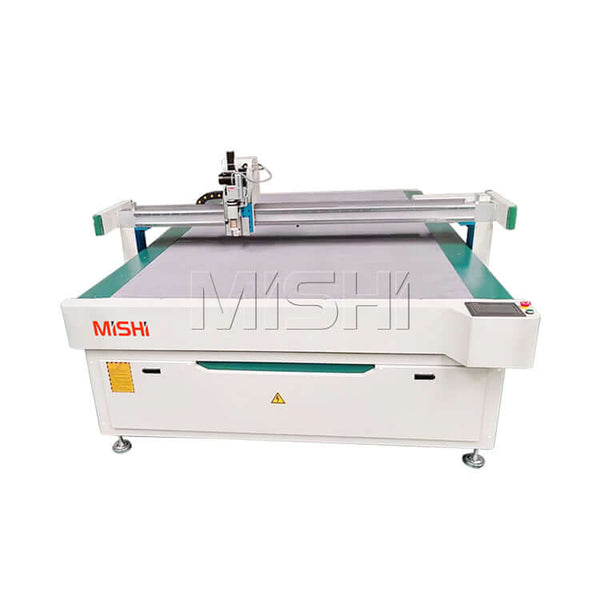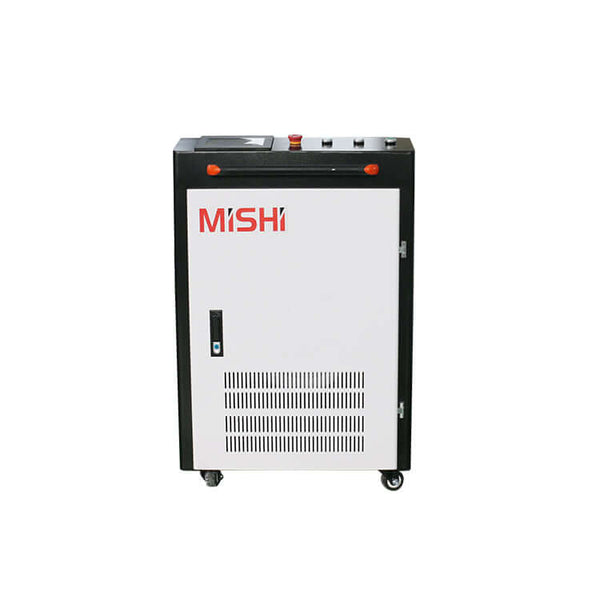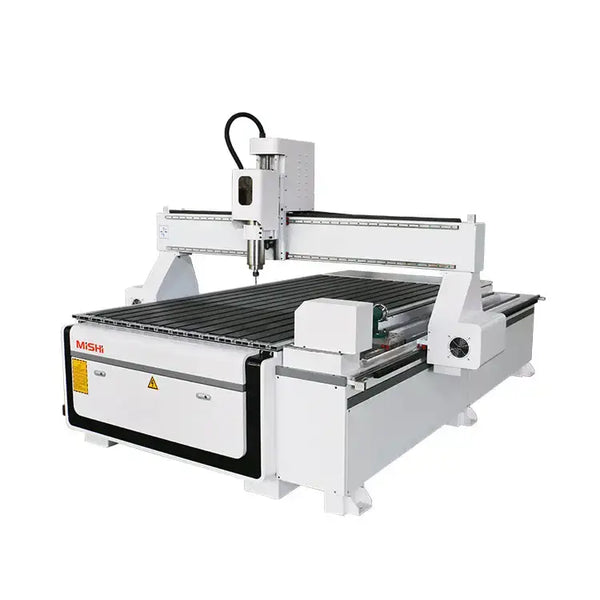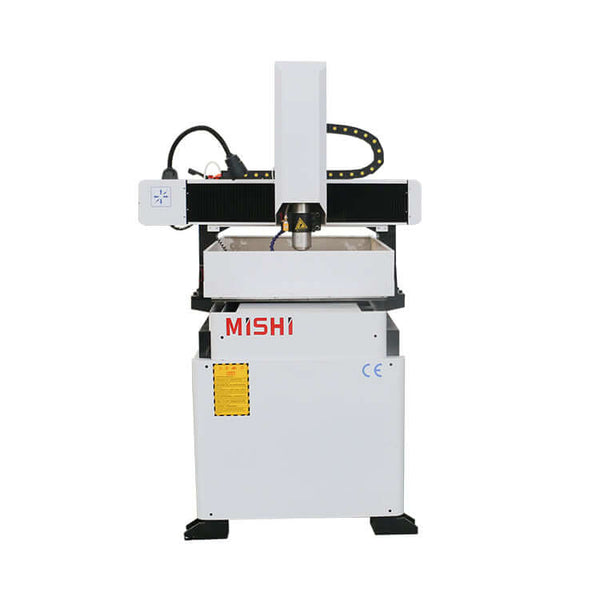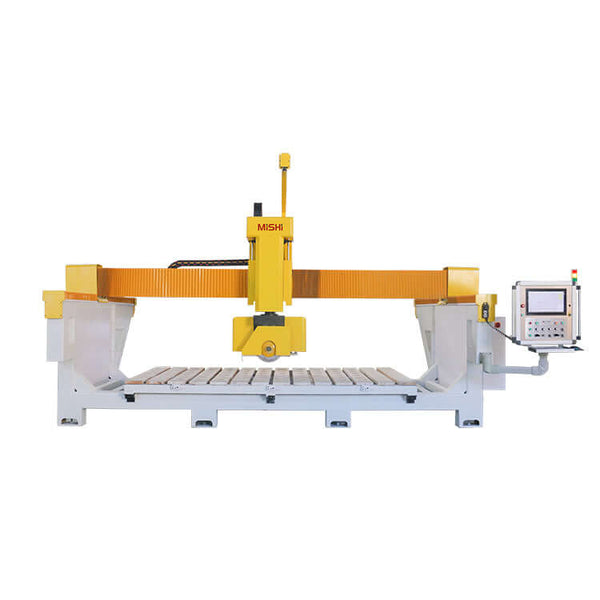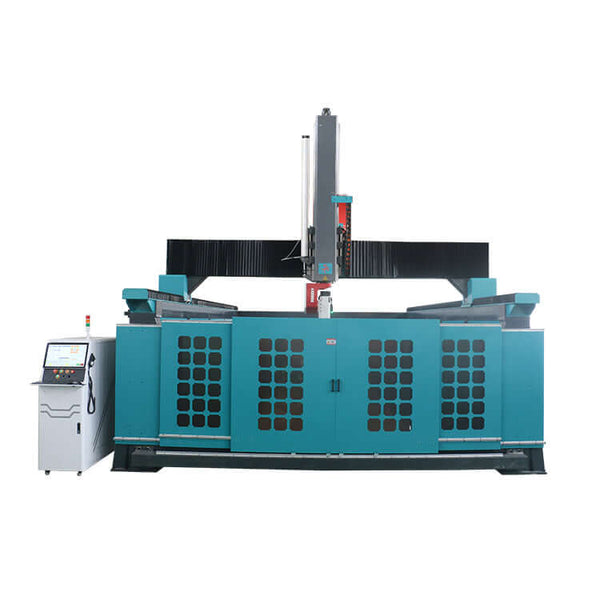When choosing a CNC router, one common question is: Should I go for a single-head CNC router or a multi-process CNC router? This guide will break down the key differences between these two types of machines to help you determine which is best for your needs.


1. Processing Materials
✅ Single-Head CNC Router:
-
Capable of cutting and engraving materials like wood, acrylic, PVC, MDF, artificial marble, and aluminum composite panels.
-
Suitable for general woodworking and sign-making applications.
✅ Multi-Process CNC Router:
-
Can process all the materials a single-head CNC router can handle.
-
Offers additional capabilities, such as multi-tool automatic switching, making it more versatile for complex designs.
🛠 Key Takeaway: Both machines can handle similar materials, but a multi-process CNC router is more efficient when frequent tool changes are needed.
2. Machine Hardware Differences
The primary hardware difference lies in the tooling system:
🔹 Single-Head CNC Router: Uses a fixed spindle, requiring manual tool changes when switching between different operations.
🔹 Multi-Process CNC Router: Equipped with multiple spindles or an automatic tool changer (ATC), allowing the machine to perform different operations (e.g., cutting, engraving, drilling) without manual intervention.
🛠 Key Takeaway: If your work involves switching between multiple tools, a multi-process CNC router saves time and improves efficiency.
3. Ease of Operation
While the software and control systems differ slightly between the two, the user experience remains similar:
🔹 Single-Head CNC Router: Simple to operate, making it ideal for beginners and small workshops.
🔹 Multi-Process CNC Router: Despite offering more functions, it doesn’t significantly increase operational difficulty. Modern CNC control software ensures that even complex tool-switching is automated.
🛠 Key Takeaway: The learning curve for both machines is similar, but a multi-process CNC router simplifies complex jobs through automation.
4. Processing Capabilities & Effects
🔹 Single-Head CNC Router:
-
Handles basic engraving and cutting tasks.
-
Ideal for flat 2D engraving, sign-making, and cabinet production.
🔹 Multi-Process CNC Router:
-
Capable of relief carving, shadow engraving, and intricate 3D designs.
-
More efficient for batch production and complex artistic carvings.
🛠 Key Takeaway: If you require basic engraving and cutting, a single-head CNC router is sufficient. However, if you need advanced carving effects, a multi-process CNC router is the better choice.
5. Application Scenarios
✅ Single-Head CNC Router Is Best For:
-
Cabinetry and furniture production (doors, windows, screens, simple decorative elements).
-
Basic sign-making.
-
Small-scale workshops and businesses.
✅ Multi-Process CNC Router Is Best For:
-
3D wood carving and artistic furniture.
-
Complex advertising industry applications (detailed signboards, intricate patterns).
-
Manufacturers handling multiple production steps (cutting, engraving, drilling) in one machine.
🛠 Key Takeaway: If your business demands high productivity and complex designs, a multi-process CNC router is a better long-term investment.
6. Choosing the Right CNC Router for Your Needs
🔹 Go for a Single-Head CNC Router if:
✔ You mainly perform simple engraving and cutting.
✔ You have a limited budget and don’t need frequent tool changes.
✔ You’re a beginner or run a small workshop with standard processing needs.
🔹 Go for a Multi-Process CNC Router if:
✔ You need advanced carving, relief, and shadow engraving.
✔ You frequently switch between different tools and processes.
✔ You run a high-production business requiring greater efficiency and automation.
Conclusion
Choosing between a single-head CNC router and a multi-process CNC router depends on your processing needs, budget, and production scale.
✅ A single-head CNC router is great for basic cutting and engraving, making it ideal for small businesses and standard furniture production.
✅ A multi-process CNC router offers greater versatility and efficiency, making it a better option for advanced woodworking, mass production, and high-precision engraving.
If you need further assistance in selecting the right CNC router, contact our experts today for a consultation!



